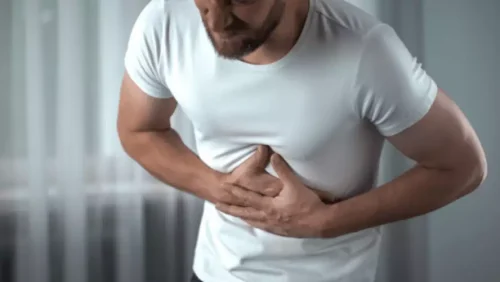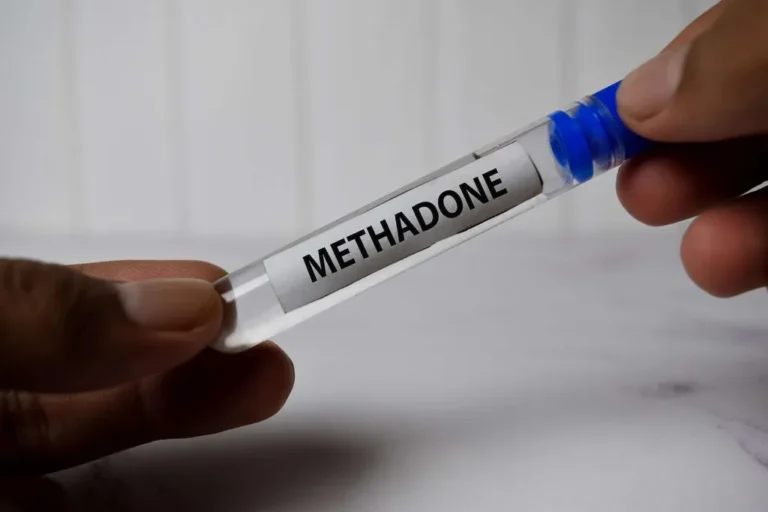
More than 24 MLB suspensions have been related to performance-enhancing drugs since 2005; on the NFL side, hundreds of games have been missed due to temporary suspensions related to doping. The health risks of drug abuse in athletes and the unfair advantage experienced by them were significant enough to induce the formation of the World Anti-Doping Agency in 1999. Such endurance races eventually increased in popularity to the extent where participants stood to win rather impressive prizes. It proved to be a worthy incentive for the athletes to consume substances to improve their performance, even with the side effects that many of them caused, such as psychosis. Romanian gymnast Andreea Raducan was disqualified and stripped of the gold medal she won in the all-round gymnastics competition at the 2000 Summer Olympics in Sydney, after she tested positive for pseudoephedrine.
Performance-Enhancing Drug Use in Sports
The most important key figures provide you with a compact summary of the topic of “Doping in professional sports” and take you straight to the corresponding statistics. Alcohol use disorder (AUD) is the medical diagnosis for prolonged and severe drinking that is causing problems in a person’s life. It is extremely prevalent and a serious medical issue that can have fatal consequences. To find out about the effects of legal and illegal drugs visit the Alcohol and Drug Foundation website. You can read more about performance-enhancing drugs at Australian Academy of Science. Sporting Integrity Australia works closely with the World Anti-Doping Agency (WADA), an international agency set up to monitor the code.

Find a health service
Beta Blockers are prohibited by several sports (darts, racing) during competition, but others (archery, shooting) prohibit their use at all times. Modern sport is plagued by suspicions that many top athletes resort to drug-taking—doping—to enhance their performance, but this is not a new phenomenon. Its origins can be traced as far back as the ancient Olympics, where competitors would drink ‘magic’ potions or eat special foods to gain an edge over their rivals. The desire to win, motivated by economic incentives such as prizes and large sponsorship deals, or social pressures such as national gold medal expectations, ensures there is a constant market for drugs that will improve performance. Prohibited stimulants, like methylhexanamine, that are often found in contaminated pre-workout supplements, as well as permitted stimulants, like caffeine, can both result in negative health effects if abused. At low doses, stimulants can lead to increased perspiration, shaking, inability to focus, and sleep loss, as well as low appetite and dehydration.
Legal drugs
- Tailoring other types of existing interventions may also yield enhanced effects among athletes.
- As shown in Table 1, detection underpins many of these risks, which increase as anti-doping policies become stricter and testing more frequent.
- Proposed models of doping harm reduction have focused on centring athlete health, though have differed in their overall approach.
- Amphetamines can cause damage to the liver, kidneys and cardiovascular system, and cause hallucinations and violent behaviour, while long term use can change the structures of the brain involved with memory and emotion.
- The authors interviewed individuals who use steroids who accessed a safer injection facility and analysed how broader social, cultural, and political contexts were related to and impacted on their individual behaviours.
Doping groups responded by introducing micro-dosing of PEDs that would show only minor variations in biological values while still giving athletes performance benefits. The social, economic, and policy risks to athletes in both cases are minimised through the harm reducing processes that ensure use remains undetected. Doping and the use of performance enhancing drugs (PEDs) are often considered and discussed as a separate issue from other types of substance use, by sporting bodies, politicians, the media, and athletes who use PEDs themselves (Evans-Brown, 2012).
- Nevertheless, in reference to substance use, research to date shows that sport participation can have both positive and negative impacts depending on the type of sport, sport-specific environments and structures, as well as competition levels.
- Romanian gymnast Andreea Raducan was disqualified and stripped of the gold medal she won in the all-round gymnastics competition at the 2000 Summer Olympics in Sydney, after she tested positive for pseudoephedrine.
- Athletes may use or misuse prescription and illicit drugs for various reasons.
- Then in 2018, the three-time Olympic champion refused to let anti-doping officials leave his home with a sample of his blood, reportedly ordering someone from his entourage to smash the casing of a blood vial with a hammer so that it would not be valid for testing.
Russian star Kamila Valieva is at the center of the biggest doping story of the Beijing Games. Here are some others
To learn more about the use of prohibited substances in sport visit the Sport Integrity Australia website. Sport Integrity Australia is Australia’s national anti-doping organisation. It aims to protect the integrity of sport and promote clean and fair competition. This is done by actioning anti-doping principles set out in Australian legislation and also meeting international requirements.
Cheating via blood transfusions was initially difficult to catch, especially if athletes re-infused their own blood. The arrival in 2004 of a test to detect allogenic blood transfusions meant athletes could no longer use the blood of a donor, however, they could still cheat by re-infusing their negative effects of drugs in sport own. The development of Athlete Biological Passports (see below), has made even this method more detectable, as the passports allow testers to see the indirect markers of blood doping. Two of the most common types include haemoglobin based oxygen carriers (HBOCs) and perfluorocarbons (PFCs).
Athletes and Substance Misuse
These athletes may have other obligations throughout the year, such as spring practice and off-season workouts, but they are not participating in formal competitions. Athletes who limit alcohol and drug use due to performance-related concerns may choose to increase their use outside of these formal competitive seasons. Several research studies have shown that transitioning from in- to off-season serves as a risk factor https://ecosoberhouse.com/boston-sober-house-roxbury/ for heavy drinking among athletes. Another study of professional Australian Football League players showed a dramatic increase in risky drinking between pre-season and in-season time periods versus the off season (Dietze et al., 2008). The use of other substances may follow a similar pattern, and suggests the need for targeted intervention/prevention efforts for athletes transitioning out of their competitive seasons.
- He described a cover-up that involved the intelligence service accessing “tamper-proof” bottles in order to replace urine from doping Russian athletes with safe-to-test samples.
- In December 2019, after receiving manipulated test results from the Moscow lab, the World Anti-Doping Agency imposed a four-year ban on Russia for the Olympic Games and world championship sporting events.
- Of course, both HAT and systematic doping as it currently exists are still limited by international/national prohibition policies.
- In 1807, an endurance walker in Britain took laudanum to stay awake around the clock in a competition.
- Less common is blood doping, where blood is removed from the body and injected back in later to boost oxygen levels.
- Doping groups responded by introducing micro-dosing of PEDs that would show only minor variations in biological values while still giving athletes performance benefits.
- But they are addictive and, in extreme cases, can lead to heart failure.
- Utilising such strategies in a policy context may begin to help foster sport enabling environments that are so far available only through illicit doping systems.
And that was the moment, he handed me this capsule, that was the moment. Beta blockers, meanwhile, which may be prescribed for heart attack prevention and high blood pressure, are banned in sports such as archery and shooting because they keep the heart-rate low and reduce trembling in the hands. Doping means athletes taking illegal substances to improve their performances.

Like red blood cells, they work to deliver this oxygen to the muscles, increasing aerobic capacity and endurance. HBOCs are not only great at tissue oxygenation, they can deliver increases in blood serum iron, ferritin and naturally occurring EPO. They can also increase CO₂ production and curb lactic acid production. Human growth hormone (HGH; also called somatotrophin or somatotrophic hormone) is a naturally-occurring hormone produced in the human body.
